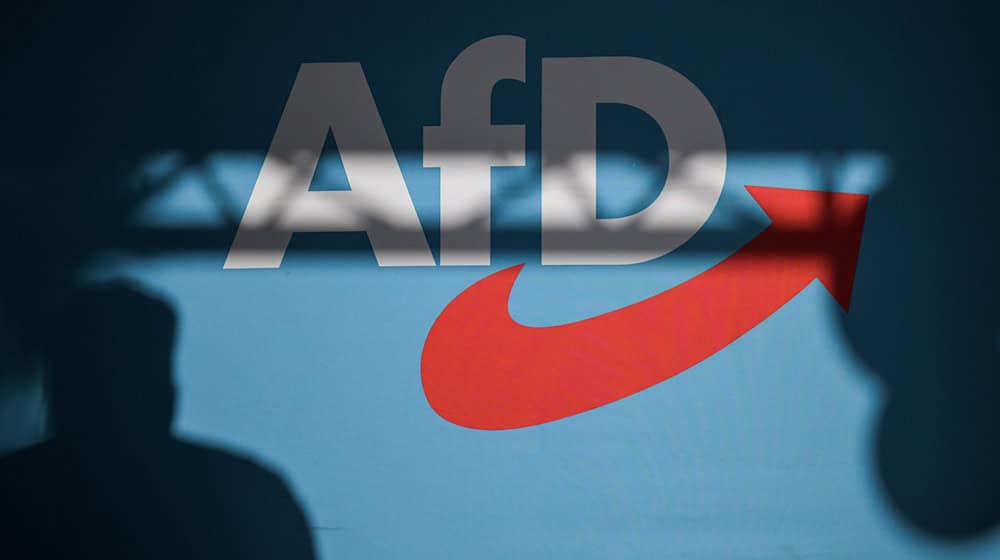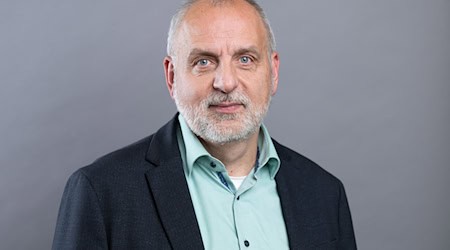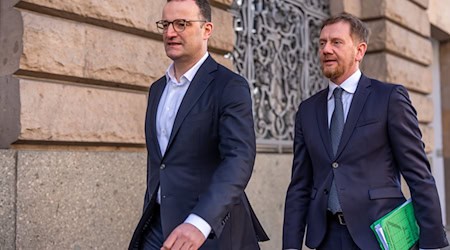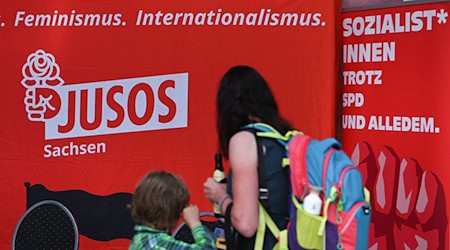A study on the state election campaigns in Thuringia, Brandenburg and Saxony has found that the strength of the AfD's social media presence is overestimated. The study "Social Media Party AfD?" has been published as a working paper by the Otto Brenner Foundation, the science foundation of the IG Metall trade union.
Differences in Saxony, Thuringia and Brandenburg
The study looked at the AfD's three state election campaigns in Saxony, Thuringia and Brandenburg. According to the authors, the AfD acted differently in the digital space from state to state - with Brandenburg being the most agile.
The candidates in Brandenburg invested the most in the digital election campaign, "starting with their presence on TikTok and investments in digital election advertising on Facebook and Instagram", the authors write in the conclusion of their study.
In Thuringia, the AfD focused heavily on its lead candidate Björn Höcke. In Saxony, competition with the small party Freie Sachsen "led to a weakening of the AfD's position in the far-right movement sector".
In general, the three election campaigns were characterized by a high level of mobilization both online and offline. "In fact, the spheres could hardly be separated, as many local appearances were accompanied digitally, while trends from the internet were also reflected on posters and election speeches," says a brief summary of the study.
Provocation engine Junge Alternative
The AfD youth organization Junge Alternative acted as a provocation engine. "The provocation with extreme, racist and anti-immigration statements - also conveyed via generative artificial intelligence - contributed to the party's greater visibility, which benefited the AfD in Brandenburg and Thuringia in particular," write the authors of the study.
In addition, social media was always considered in the marketing of political content "in order to achieve the greatest possible cross-media reach and provoke counter-reactions". This has contributed to the fact that the AfD's digital performance has often been overestimated by the public. "It is true that the AfD state associations, in cooperation with right-wing media and agencies, certainly exercised dominance in digital spaces," the authors write.
However, high reach was only achieved in isolated cases. Only a few candidates had embraced the peculiarities of platforms such as TikTok. "The fact that the party is nevertheless so present is more due to the invisibility of other parties than to the AfD's confident use of TikTok."
Copyright 2024, dpa (www.dpa.de). All rights reserved










